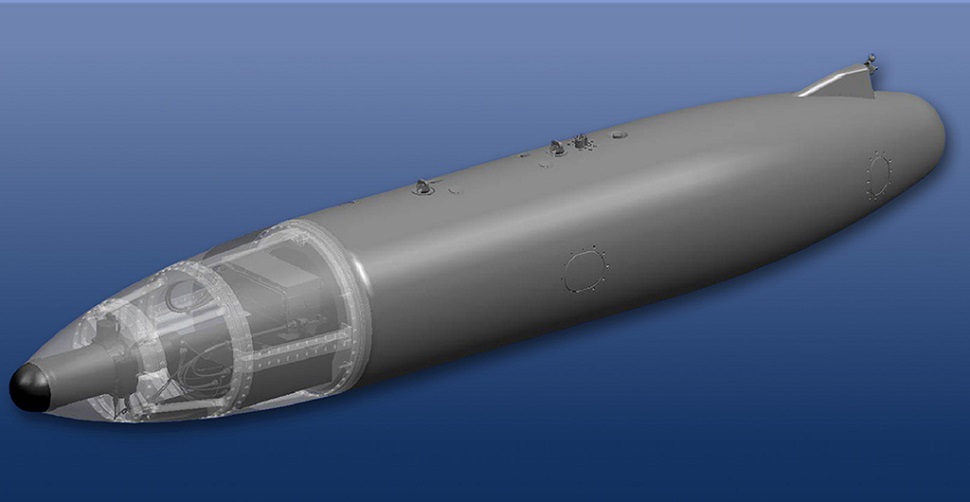A pair of notifications on a US government website indicates that the Royal Australian Air Force (RAAF) may increase the processing power of its Boeing F/A-18F Super Hornets and EA-18G Growlers, and that it will add an infrared search & track (IRST) capability.
In an early October notification on the Federal Business Opportunities website, the US Naval Air Systems Command (NAVAIR) awarded Boeing a contract related to an engineering change proposal to incorporate the General Dynamics Advanced Capabilities Mission Computer (ACMC) in the RAAF’s Super Hornets and Growlers.
According to Boeing, the ACMC is a follow-on product to the Advanced Mission Computer (AMC) originally installed in the Super Hornet family.
“The ACMC is backwards compatible with previous blocks of Super Hornets and Growlers,” says Boeing. ACMC provides “additional computing resources.”
A separate notification from early October states that NAVAIR intends to obtain 12 IRST systems for the RAAF, which will “leverage the design developed for incorporation of IRST onto [US Navy] aircraft.”

The IRST21 system in a Super Hornet's centreline fuel tank.
Lockheed Martin
In 2017 the US Navy announced that it would upgrade its Super Hornets with an improved Lockheed Martin IRST21 sensor system, which is mounted in the aircraft’s centreline fuel tank.
“Giving pilots a “see first, strike first” advantage, IRST21 provides stealthy air-to-air threat detection, tracking and ranging in radar-denied environments,” says Lockheed’s IRST21 product card.
“Not only can IRST21 detect air threats, it also provides increased discrimination of threat formation at longer ranges, enhancing multiple target resolution significantly compared to radar.”
The RAAF operates 24 F/A-18Fs and 11 EA-18Gs – a twelfth EA-18G was lost owing to a catastrophic engine failure in January 2018.
Original plans called for Canberra to retire its Super Hornets in the 2020s when the incoming fleet of F-35As should be fully operational, but upgrading the fleet to the US Navy’s Block III standard doesn’t appear to have been ruled out. This activity includes a range of structural and sensor upgrades, as well as the ability to receive and transfer large amounts of sensor data.


























